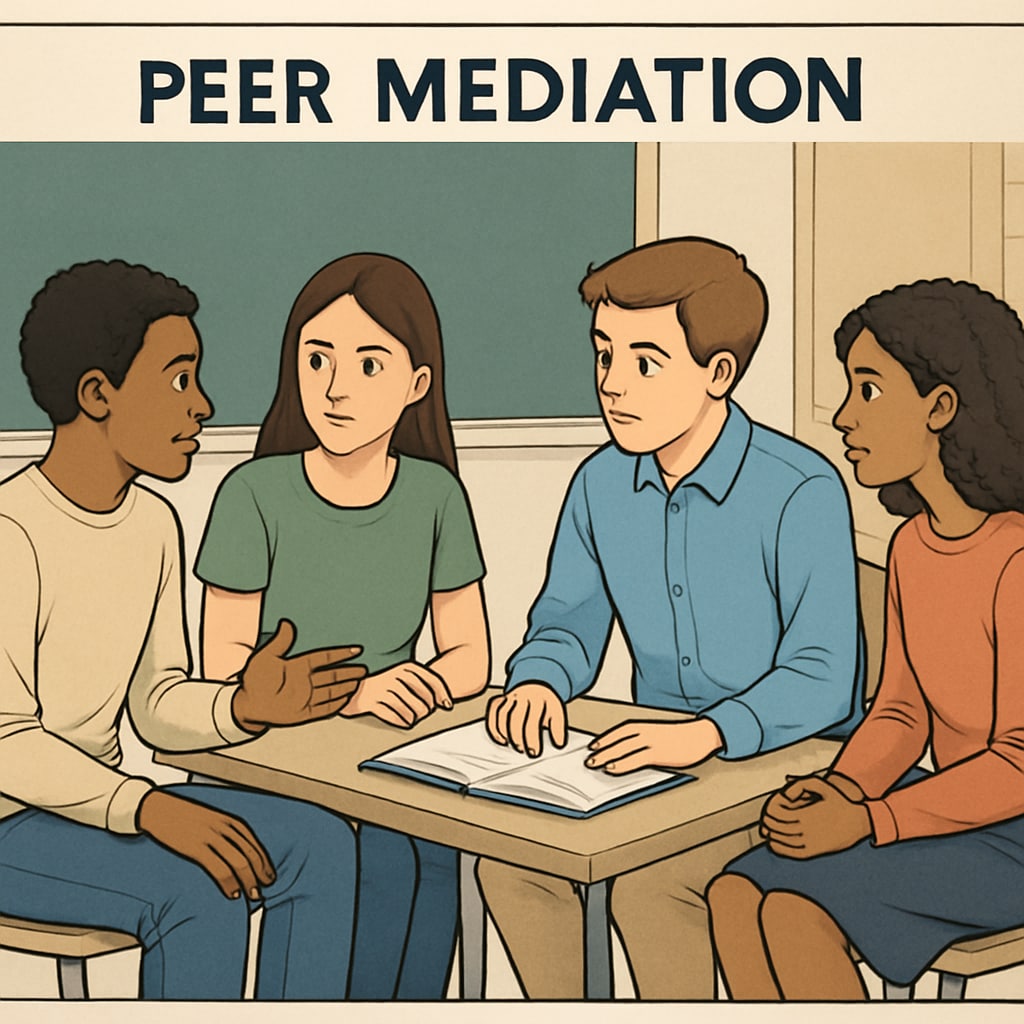Addressing the challenges of “school bullying, handling methods, and behavior standards” is a critical priority for educators worldwide. To create a safe and inclusive environment, schools must develop systems that go beyond reactive discipline and focus on understanding, prevention, and restoration. This article explores ideal strategies for defining and addressing school bullying, emphasizing respect for individual differences, context-based evaluation, and restorative justice.
Rethinking the Definition of School Bullying
Defining school bullying accurately is the first step in effectively addressing it. Bullying involves repeated and intentional harm caused by one or more individuals, exploiting a perceived power imbalance. However, the context of each incident can vary widely, requiring nuanced assessment. For example, teasing between friends may appear similar to bullying but lacks the malicious intent and power dynamic. Educators must differentiate between conflict and bullying to ensure appropriate responses.
To establish a clear framework, schools can adopt a three-tiered approach:
- Intent: Was the behavior intentional and aimed at causing harm?
- Repetition: Has the behavior occurred multiple times?
- Power Imbalance: Is there an unequal dynamic between the individuals involved?
By consistently applying these criteria, schools can avoid overgeneralizing and mislabeling behaviors, ensuring that resources are allocated to genuine cases of bullying.

Effective Methods for Addressing Bullying
Once bullying is identified, the response must be both immediate and thoughtful. Traditional punitive methods, such as suspension, often fail to address the root causes of the behavior and may exacerbate the problem. Instead, schools should adopt innovative approaches that focus on the well-being of all parties involved.
Restorative Justice: This method emphasizes repairing relationships rather than punishment. For example, facilitated dialogues between the victim and the bully can help both parties understand the impact of their actions and promote empathy. According to Britannica, restorative practices have been shown to reduce recidivism and improve school climates.
Counseling Support: Providing mental health support to both the victim and the bully is crucial. Victims may need help rebuilding their confidence, while bullies often require guidance to understand and change their behavior. Schools can partner with child psychologists to offer tailored interventions.
Peer Mediation: Training students to act as mediators in conflicts can empower them to resolve issues before they escalate into bullying. Peer-led initiatives also foster a sense of community and shared responsibility.

Building a Proactive Anti-Bullying Culture
Preventing bullying requires a school-wide culture that prioritizes respect, inclusion, and empathy. Here are some strategies to foster such an environment:
- Social-Emotional Learning (SEL): Incorporating SEL programs into the curriculum helps students develop skills like empathy, self-awareness, and conflict resolution.
- Teacher Training: Educators need training to recognize subtle signs of bullying and intervene effectively. This includes understanding cultural differences that may influence behavior.
- Parental Involvement: Engaging parents in anti-bullying efforts ensures consistent messaging at school and home. Workshops and communication channels can facilitate collaboration.
By focusing on prevention and education, schools can reduce the incidence of bullying and create a supportive environment where all students feel valued.
Evaluating and Adapting Anti-Bullying Policies
Finally, schools must regularly review and adapt their anti-bullying policies to address emerging challenges. Surveys, focus groups, and incident reports can provide valuable insights into the effectiveness of existing measures. For instance, the Wikipedia page on school bullying highlights the importance of data-driven policy adjustments to meet evolving needs.
In addition, schools should establish clear reporting mechanisms that ensure confidentiality and encourage students to speak up without fear of retaliation. Regular training and awareness campaigns can reinforce the importance of reporting and foster trust in the system.
Ultimately, the goal is to create a dynamic and responsive anti-bullying system that evolves alongside the needs of the school community.
Conclusion: Addressing “school bullying, handling methods, and behavior standards” requires a comprehensive and empathetic approach. By focusing on clear definitions, restorative practices, proactive culture-building, and ongoing evaluation, schools can move beyond punitive measures and create environments where all students can thrive.


